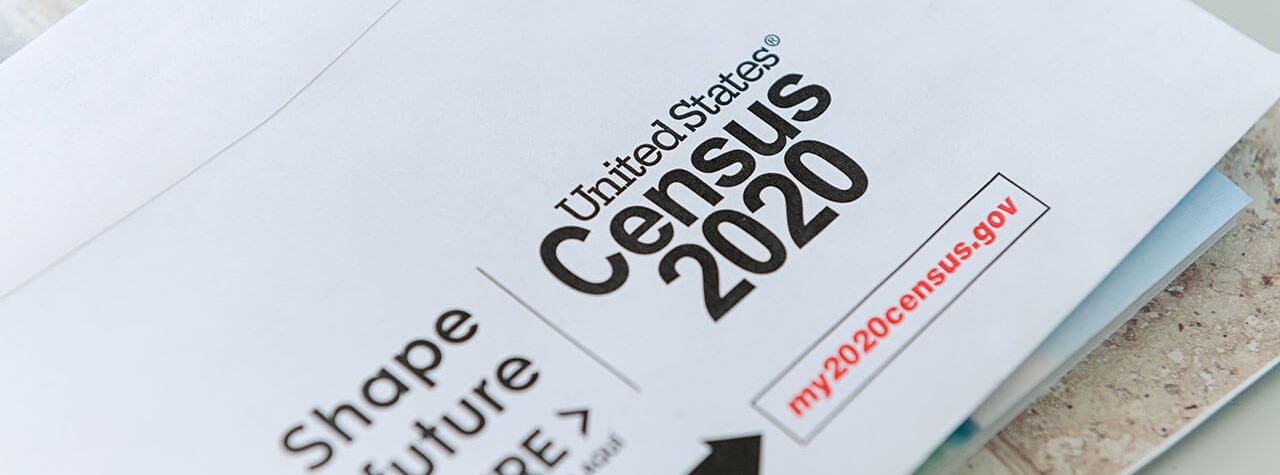Blog Post
Insight: New 2020 Census Urban Areas Released
By Mallory Bateman
Note: The opinions expressed are those of the author alone and do not reflect an institutional position of the Gardner Institute. We hope the opinions shared contribute to the marketplace of ideas and help people as they formulate their own INFORMED DECISIONS™.
Jan 3, 2023 – On December 29, the Census Bureau released the new list of urban areas. This list has traditionally been updated once a decade after the decennial census. For the 2020 Census Urban Areas, the Census Bureau redefined the criteria for urban areas for the first time in decades. While the Bureau changed several criteria for urban areas, the change that started the most conversations was around population you need to qualifies as urban. In the 2010 Census criteria, an area needed a minimum population of 2,500 people. The change in the 2020 Census criteria increased the minimum population to 5,000 people OR 2,000 housing units.
Some quick comparisons for Utah:
- In 2010, there were 36 urban areas in Utah. In 2020, there were 25.
- Utah did not add any new urban areas.
- The Census Bureau will release companion geographic files soon, so further insights into how the boundaries for individual urban areas have shifted will be available then.
- In 2020, 90% of Utahns lived in the newly defined urban areas. This is a slight decline from 2010 when 91% of Utahns lived in the 36 urban areas and clusters.
- However, the overall urban population increased by 17% between 2010 and 2020, resulting in 2,937,303 Utahns living in urban areas in 2020.
- Nationally, this increase was 7.4%.
- Housing units in the 2020 urban areas account for 88% of all housing units statewide, a slight increase from 87% in 2010.
- The urban areas account for around 1% of the land area in the state.
Nationally, there are 2,613 2020 Census Urban Areas, home to over 265 million residents (80% of the population). In Census Bureau terminology, anything not considered urban is rural, which means that for the other 20% of the population (66 million residents), a rural area is home. Within urban areas nationwide, population density increased by 9% between 2010 and 2020. You can find further insights into top 10 lists for various attributes here.






